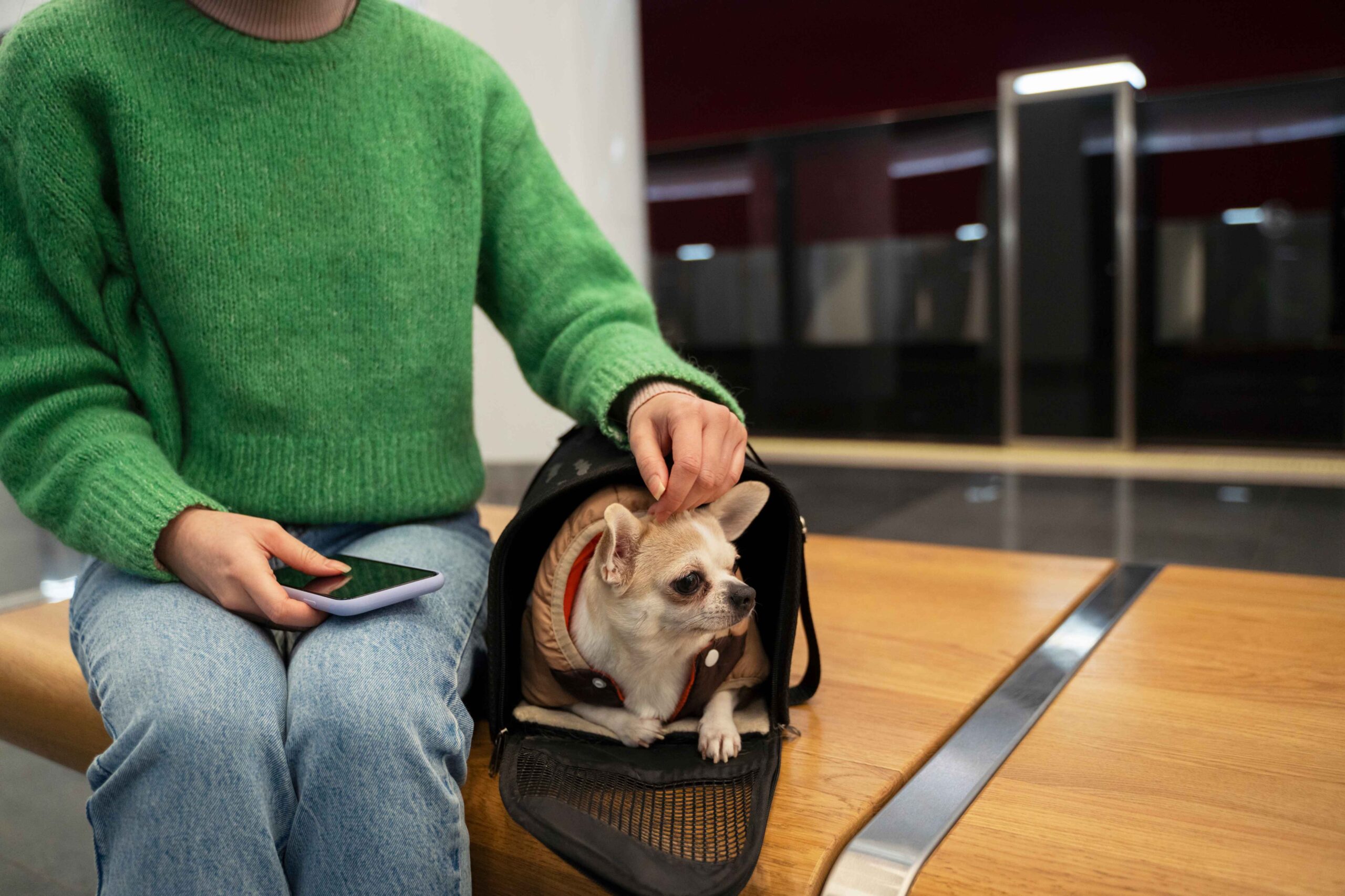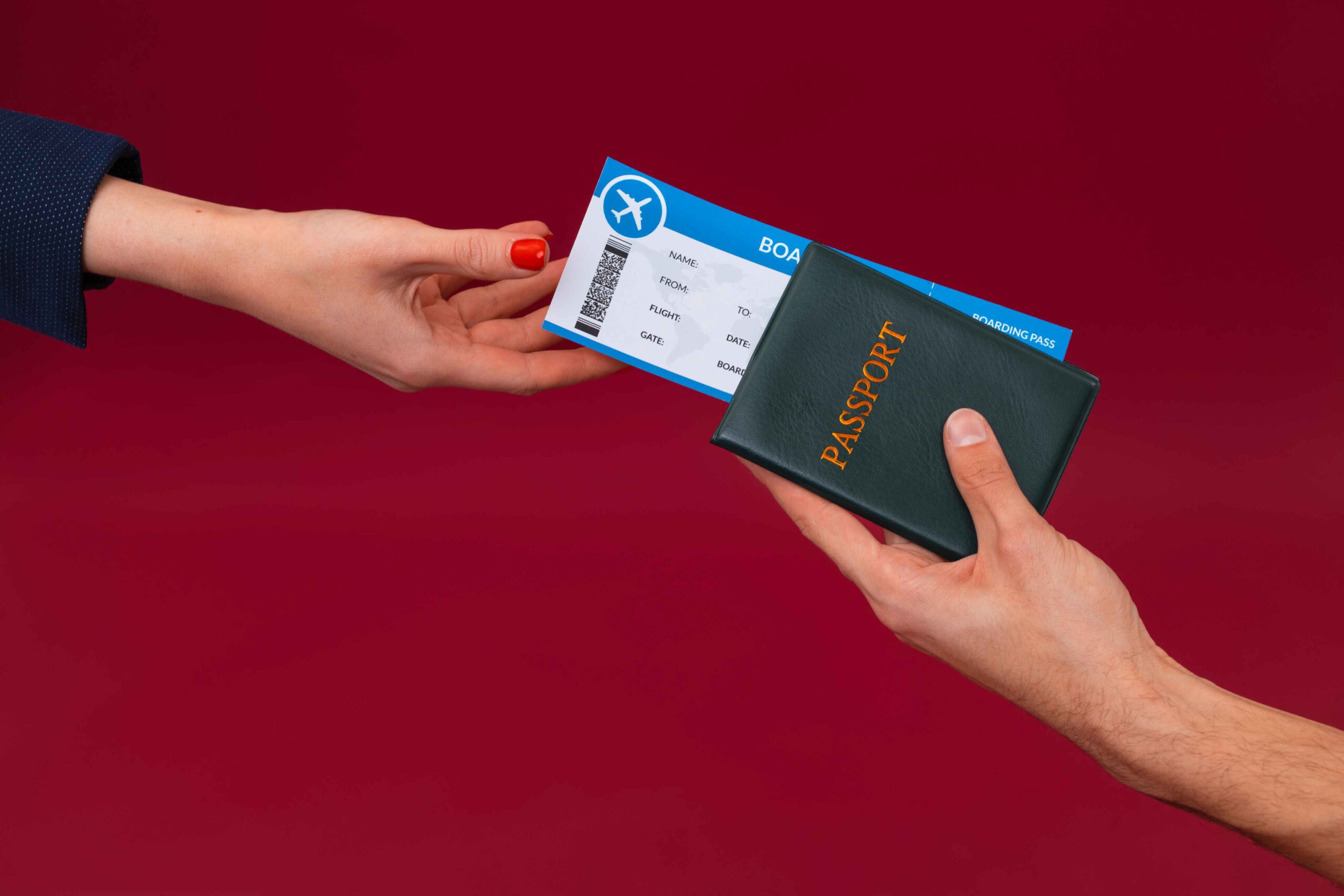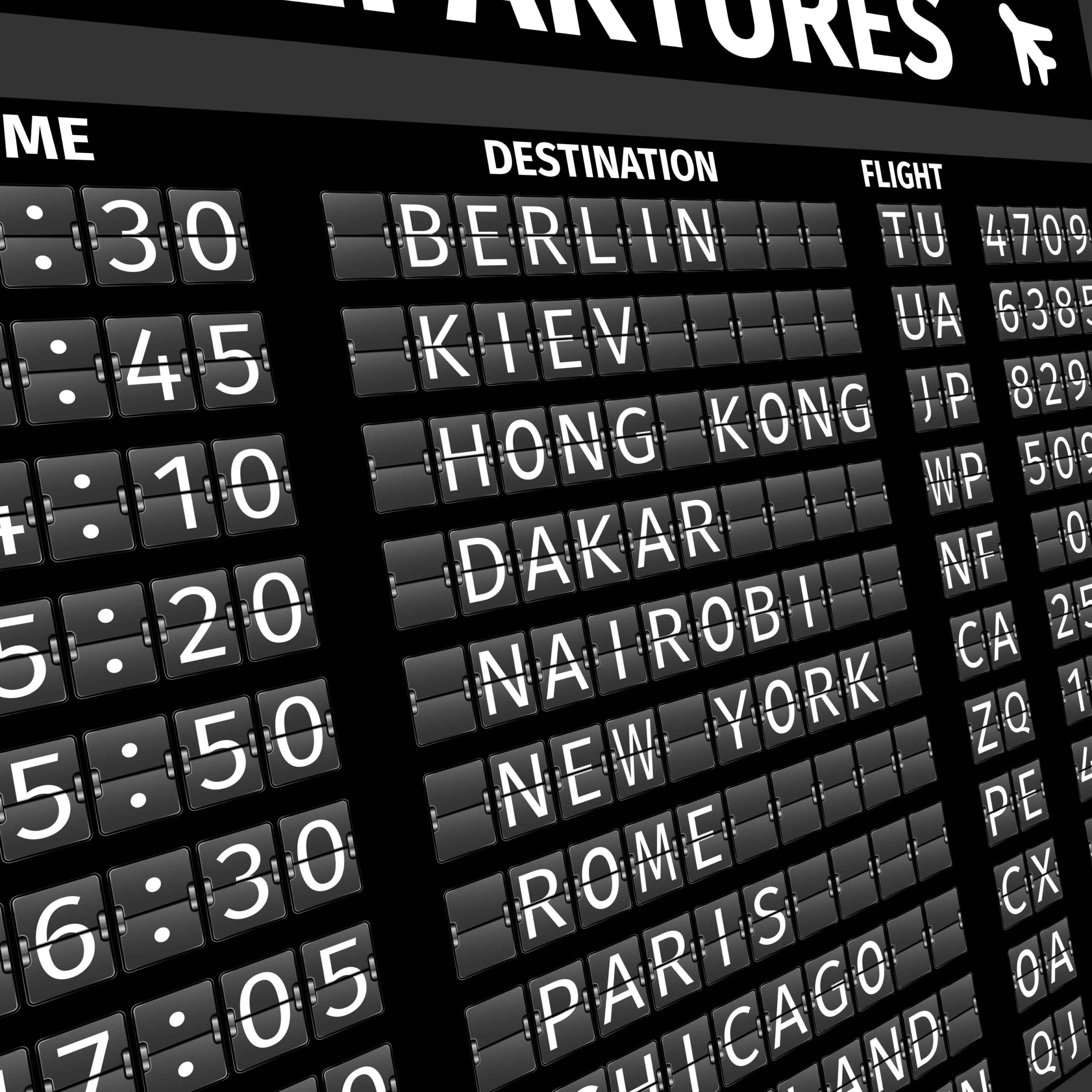Traveling with a pet can feel overwhelming. If you’re flying, understanding the united airlines pet policy is essential. This policy ensures your furry friend can travel safely and comfortably. Whether you’re heading across the country or flying internationally, knowing the rules can save you stress. A study shows that traveling with pets is becoming more common, but many owners feel unsure about airline policies. That’s why we’re breaking down the united pet policy in simple terms. You’ll learn how to prepare, avoid mistakes, and make your trip smooth for both you and your pet.
What Is the United Pet Policy?
The united pet policy is a set of rules United Airlines has for traveling with pets. It covers both small pets flying in the cabin and larger pets traveling in cargo. Here’s a quick overview of what the policy allows:
- In-Cabin Travel: Small dogs, cats, and some household birds can travel in a carrier under the seat in front of you.
- Cargo Travel: Larger pets, or those not allowed in the cabin, can use United’s PetSafe program.
For international travel, the united airlines pet policy international flights includes additional requirements. Different countries have specific rules like health certificates or quarantine. Always check the rules for your destination before booking.
United Airlines Pet Policy: What You Need to Know
In-Cabin Pets
If your pet is small enough to fit in a carrier under the seat, they can travel in the cabin with you. This is the easiest and most popular option. Here are the basics:
- Pet Size: Your pet and their carrier together must meet the size and weight limits set by United.
- Carrier Standards: The carrier should be leakproof, well-ventilated, and fit under the seat.
- Age Limit: Pets must be at least 16 weeks old.
Cargo Pets
If your pet is too big for the cabin, they’ll need to travel in cargo. United’s PetSafe program ensures their safety during the flight. This option is often used for large dogs or international travel.
Here’s a summary of the main differences:
| Feature | In-Cabin Pets | Cargo Pets |
| Size | Fits under the seat | Larger animals allowed |
| Carrier Required | Yes | Yes |
| Health Certificate | Not always needed | Mandatory |
| Destination Rules | Domestic and international | International only |
| Cost | $125 per trip | Based on pet size and route |
How to Prepare for Flying with Pets
Flying with pets is smoother when you prepare well. Here’s how to follow the united pet policy rules and avoid surprises:
- Book Early: United only allows a limited number of pets in the cabin per flight. Reserve your spot as soon as possible.
- Check Destination Rules: If you’re flying internationally, research the country’s pet import laws. Some require quarantine or additional paperwork.
- Visit Your Vet: Get a check-up for your pet before flying. For international flights, you’ll need a health certificate.
- Familiarize Your Pet: Introduce your pet to their carrier a few weeks before travel. Let them spend time in it to reduce stress.
- Pack Essentials: Bring food, water, a leash, and any medications.
Avoid These Common Mistakes
Even the best plans can go wrong if you’re not careful. These mistakes often trip up pet owners traveling with United:
- Wrong Carrier Size: United is strict about carrier dimensions. If your carrier doesn’t meet their standards, your pet might not be allowed to board.
- Forgetting Paperwork: The united airlines pet policy international flights requires specific documents like health certificates. Missing these can delay or cancel your trip.
- Last-Minute Bookings: Flights often fill up their pet slots quickly. Don’t wait until the last minute.
- Ignoring Layovers: If your trip includes layovers, check the rules for each airport and country.
Travel Tips to Keep Your Pet Happy
Here are some practical tips to ensure your pet stays calm and comfortable during the flight:
- Exercise First: Take your pet for a walk or play with them before heading to the airport. A tired pet is less anxious.
- Light Meals: Feed your pet lightly a few hours before the flight to prevent motion sickness.
- Pack Comfort Items: Bring a blanket or toy that smells like home. Familiar scents can help your pet relax.
- Stay Calm: Pets pick up on your emotions. If you’re calm, they’ll feel calmer too.
- Follow Security Rules: You’ll need to take your pet out of the carrier for TSA screening. Have a leash ready.
- Hydrate Often: Offer water at regular intervals, especially during long flights.
What About International Flights?
International travel comes with extra rules. The united airlines pet policy international flights includes steps to ensure pets meet the entry requirements of other countries.
Key Points for International Travel:
- Health Certificates: Most countries require a vet-issued certificate confirming your pet’s health.
- Vaccinations: Rabies and other vaccines must be up to date.
- Quarantine Rules: Some countries require pets to stay in quarantine after arrival.
Research these rules before booking your trip. A little planning goes a long way.
Final Thoughts
Flying with your pet can feel like a big task, but it’s manageable when you follow the united pet policy. Whether your pet is flying in-cabin or as cargo, preparation is key. Book early, check the rules for your destination, and make your pet comfortable before the flight.
Need help planning your trip? Visit United Name Change for expert advice and hassle-free support. Let’s make your pet’s next flight stress-free!
Frequently Asked Questions
Small dogs, cats, and household birds can fly in-cabin under the united pet policy rules.
Yes, brachycephalic (short-nosed) breeds like Bulldogs and Persian cats are restricted for safety reasons.
United allows multiple pets in one carrier if they are small enough and fit comfortably.
In-cabin fees are $125 each way. Cargo fees depend on the pet’s size and destination.
You’ll need a health certificate, vaccination records, and sometimes an import permit.
No, you need to call United to book pet travel and confirm availability.
No, it’s not available in all locations or during extreme weather conditions.







